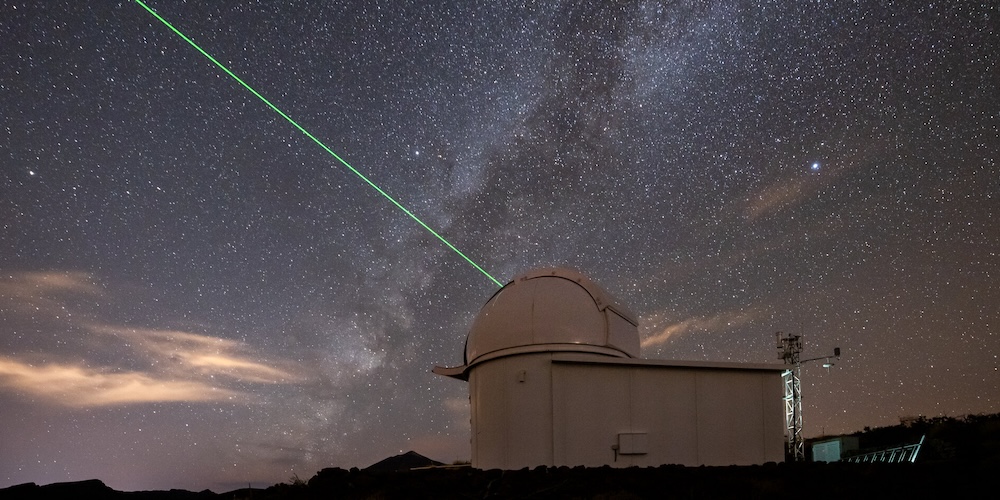EX-Fusion, a startup from Osaka, Japan, plans to develop a ground-based laser system that can remove space debris from Earth. If successful, this innovative approach could be a valuable way to free up the increasingly crowded space around our world. Space junk refers to human-made objects in orbit, such as old satellites and used rocket platforms. These debris, varying in size, pose a risk of collision with operating spacecraft and the International Space Station. Even debris a few millimeters in size can cause problems when it collides with operational satellites and spacecraft.
As a result, the need to detect and remove smaller space debris is increasing as space-related activities expand around the world. For example, the Nikkei Asia reported that a startup in Tokyo, called Astroscale Holdings, plans to launch a special satellite to remove relatively large space debris. Another company, Japan's Sky Perfect JSAT, is working with Riken and other partners to develop a satellite-mounted laser that redirects space junk into Earth's atmosphere, where it burns up. EX-Fusion is distinguished by its comprehensive approach, as the startup uses its arsenal of laser technology that was originally developed to generate fusion power. In October, EX-Fusion signed a memorandum of understanding with EOS Space Systems, an Australian company working on space debris detection technology. EX-Fusion has announced plans to install a high-energy laser system at the EOS Space Observatory near Canberra.
In the first phase of this project, laser technology will be developed to detect space debris less than 10 cm in size. These debris have traditionally been difficult to find using lasers from the ground. During the second phase, EX-Fusion and EOS Space will use Earth-launched lasers to remove space debris. The method involves shooting a laser intermittently in the opposite direction of the debris to slow it down. In theory, this decrease in orbital velocity should cause the debris to enter the Earth's atmosphere and burn up. EOS Space Group currently supplies laser weapons systems to destroy drones, but the powerful laser has other applications as well. Lasers for space debris removal are not the same as lasers for weapons, said James Bennett, executive vice president of EOS Space, Nikkei Asia reports. Current laser weapons often use fiber lasers to cut and weld metals and destroy drones by emitting continuous heat.
However, the EX-Fusion method will use a diode-pumped solid-state (DPSS) laser. These lasers are pulsed to apply force to fast-moving debris, stopping it like a brake. “The power of lasers to destroy space debris is much less than that of nuclear fusion, but they share technical challenges such as control via special mirrors,” said Kazuki Matsuo, CEO of EX-Fusion. EX-Fusion's plan to drop space junk from Earth faces development issues in terms of accuracy and power. However, they have the advantage that improvements and maintenance can be easily carried out on the ground. This technology could be used in conjunction with debris removal services offered by companies such as Astroscale.
source: Interesting geometry

“Thinker. Coffeeaholic. Award-winning gamer. Web trailblazer. Pop culture scholar. Beer guru. Food specialist.”







More Stories
Comet Tsuchinshan-Atlas is ready to shine this fall
Sonos isn’t bringing back its old app after all
Indiana Jones and the Great Circle is coming to PS5 in spring 2025